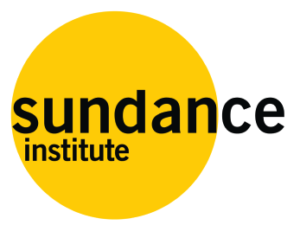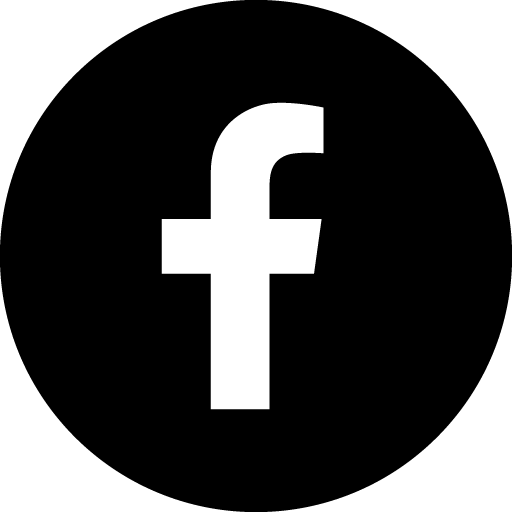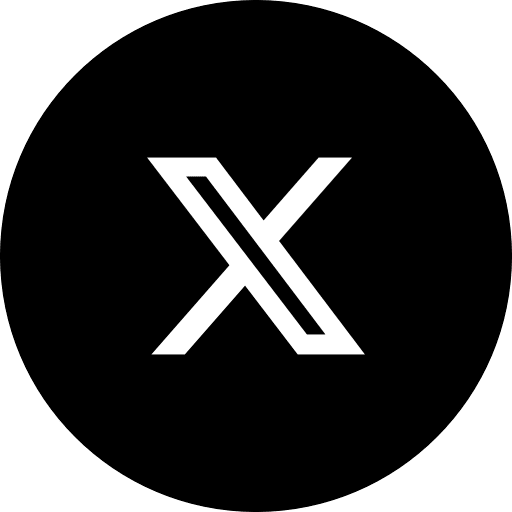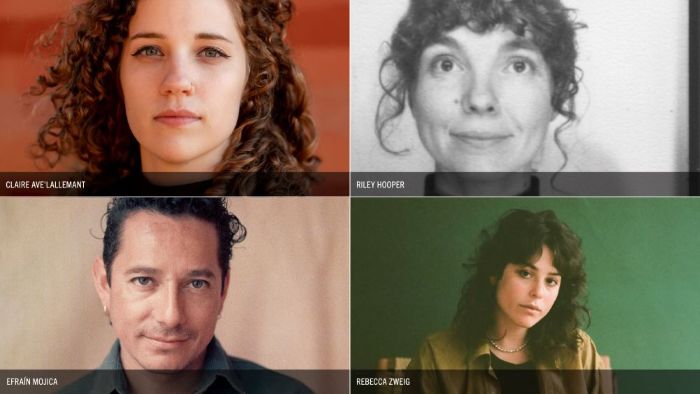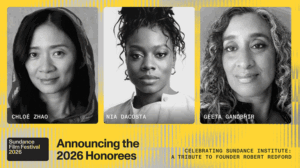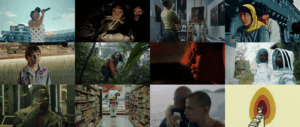By Kristin Feeley, Director, Documentary Film & Artist Programs
If you want to tell untold stories, if you want to give voice to the voiceless, you’ve got to find a language. Which goes for film as well as prose, for documentary as well as autobiography. Use the wrong language, and you’re dumb and blind.
—Salman Rushdie
Salman Rushdie’s words remind us of the power of a good story. A clear form, style, tone, and point of view are essential for a film to break through the noise and connect with audiences. He also warns that when storytelling tools aren’t used with care, and rigor documentary film participants as well as audiences can feel betrayed. Documentary filmmakers have more storytelling tools available to them now than ever before, which means they have an even greater responsibility to represent people’s experiences authentically. Even though it’s never been easier to turn on a camera and record reality, it takes significant resources to meet the creative, ethical, and moral challenges documentary filmmakers face today. Sundance Institute’s Documentary Film Program has been providing financial, creative, and strategic resources to artists for over 20 years, to find the heart of a work and make sure it’s communicating an artist’s vision free from fear or daily pressures. The program provides up to $2 million in grants to 40-50 artists globally and includes a suite of Labs, fellowships, and year-round support opportunities. Our team is always listening to artists, trying to respond to their needs, but we know that the need for space and time to tell your story is perennial.
Time is the key element of nonfiction storytelling — it’s what opens the cinematic space and defines the “present” of a film. Meaning is created by the subtle and sometimes dramatic changes in people’s lives that evolve over time. Taking time and space during the edit of a film, allowing the director and editor to step back and assess if the project is communicating changes authentically is essential. However this is not always possible when budgets are tight and there is pressure to finish projects that typically take 3-5 years on average.
This is especially important for emerging artists who are navigating making their first features. The pressures — financial, creative, and logistical — can be overwhelming. Artist support opportunities for independent filmmakers are also dwindling. Amidst a precarious backdrop, we launched the inaugural Documentary Edit Residency; an opportunity for two film teams to be in residence for a week of restoration and experimentation. One film team embedded in the annual Ignite Lab at MassMOCA from June 23–27 and a second film team was invited to spend a week at the Jacob Burns Film Center campus in Pleasantville, New York, from August 17–22. We’re grateful for our collaborators, MassMOCA and JBFC who have welcomed artists from around the world for decades.
The films supported through this initiative are embracing new forms of storytelling and finding new language to express personal truths. They are part of a lineage of nonfiction that emerges when an artist explores an internal landscape rather than trying to make sense of an unfamiliar landscape. We believe that nonfiction should encompass a range of genres and approaches; We need a wide range of stories and a plurality of voices to help make sense of the world.
The following are this year’s selected artists and their films:
2025 Documentary Edit Residency Artists-in-Residence:
Ignite Residency — VESTIBULE (U.S.A.): Riley Hooper chronicles her decades-long journey to diagnose, treat, and heal from Vestibulodynia — a vulvovaginal disorder. What begins as a singular mission to have pain-free sex becomes a multi-generational story about pleasure, resilience, and bodily autonomy.
Riley Hooper (Director) is a documentary filmmaker. Her forthcoming feature VESTIBULE has been supported by the Sundance Institute Documentary Fund, and won the Points North pitch. Her award-winning short documentaries have screened at festivals across the U.S. and internationally, and appeared on The New York Times, The New Yorker, and Vimeo Staff Picks.
Claire Ave’Lallemant (Consulting Editor) is a queer documentary editor who chose to forgo the traditional college path and pursue grassroots, hands-on education which she received as an assistant editor on Cecilia Aldarondo’s Memories of a Penitent Heart (POV). After assisting on several features, Claire was nominated for the inaugural year of Karen Schmeer Film Editing Fellowship’s Diversity in the Edit Room mentorship in 2018. She has gone on to edit features such as Flipside (TIFF) and Drowning in Silence (Santa Barbara Film Festival) as well as series Choir (Disney+, IDA’s Best Limited Series nomination 2024) and The Pharmacist (Netflix) in addition to shorts such as Translators (Tribeca X, Best Short Award 2023).
Jacob Burns Film Center — Jaripeo (Mexico, U.S.A.): At the rural jaripeos — a regional style of rodeo — in Michoacán, México, a hypermasculine tradition is rife with hidden queer encounters.
Efraín Mojica (Co-director) is a photographer, filmmaker, and performance artist from Michoacán, whose work has shown in galleries around the world. Their filmmaking is heavily influenced by their work as a conceptual artist which explores the translation and interpolation of light, sound, and matter.
Rebecca Zweig (Co-director) is a filmmaker, journalist, and poet based in Mexico City. Her work is featured in The New York Times, The Nation, and Revista Nexos, among others. She is a graduate of the Iowa Writers’ Workshop, where she was a Teaching and Writing Fellow and a Mitchell/Burgess Scholar.
